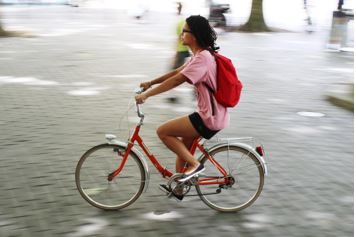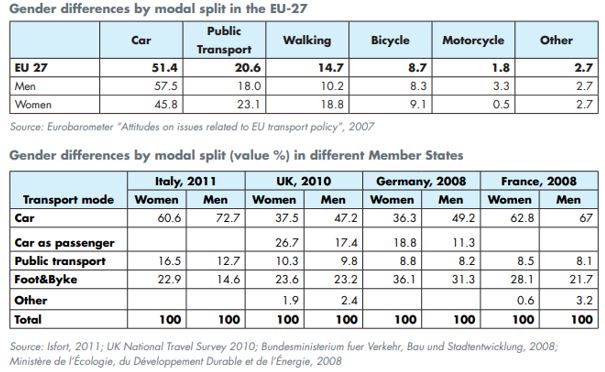The integration of gender diversity considerations in urban design and mobility planning can help to create more inclusive cities and increase agency of marginalized groups and gender minorities. Gender differences can result in different mobility patterns that can be explained by the structural gender inequality that persists in our daily lives. Women typically travel shorter distances than men and use mobility modes such as walking, cycling and public transport more often.

Based on gender differences, the mobility challenges may also vary. For example, women's concerns about safety and physical accessibility prevail as two of the main challenges for women’s daily use of active and public transport. These challenges are often overlooked in urban and transport planning but can be addressed by including a gender approach that takes into account women's requirements and perceptions of their daily mobility experience. This can be achieved by using gender disaggregated data (e.g. about perceptions of safety in public space and on public transport) to inform the planning process, the design of policies from a gender perspective, evaluation of urban mobility policies based on gender differences, training and mainstreaming awareness, and the use of digital solutions to evaluate transport networks from a gender perspective.

Case studies as highlighted in the Handbook for Gender-Inclusive Urban Planning and Design published by the World Bank show that better representation and increasing participation and visibility of women and gender minorities in the planning processes can help create safer and more accessible public spaces as well as foster innovative solutions that all citizens can benefit from.
Addressing gender aspects can play a key role in promoting low and zero-emission mobility. For example, by responding to specific gender-related needs and safety concerns, the use of active mobility and public transport can be increased.
Comments ()